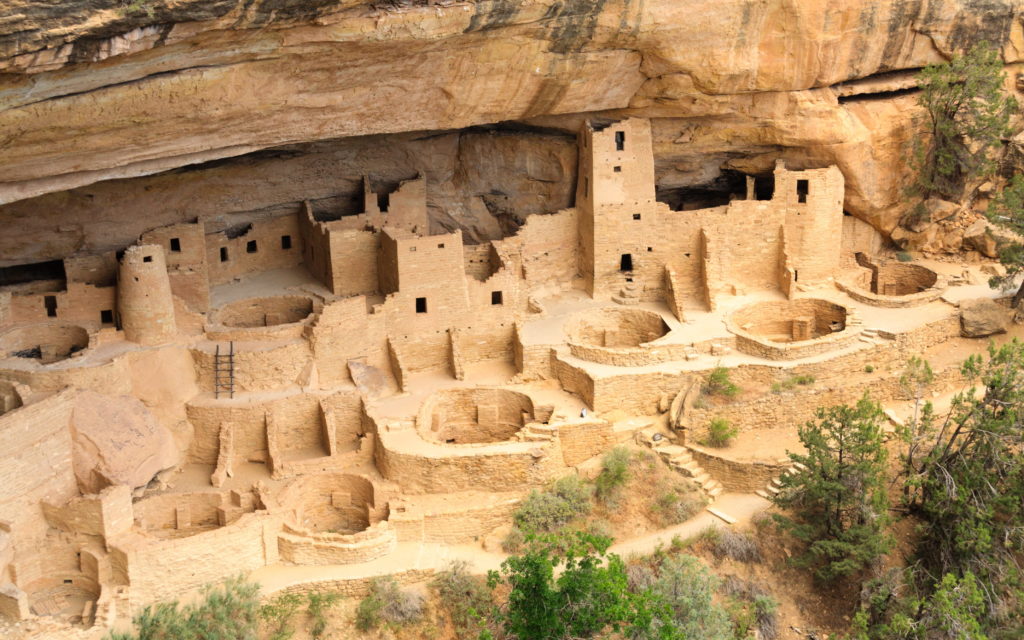Will Climate Change leave a footprint in 500 years’ time?
Great question.
Yes, it will.
Records from the bottom of lakes or boggy places tell us that as past climate changed over thousands of years, the vegetation changed. Some places went from being grassland in colder periods to forests in warmer periods. In some cases, the type of forest changed. In Tasmania we can see changes from rainforest to eucalypt forest and vice versa at different times.
Thinking about how some climate changes in the past left footprints helps a bit. About 4,200 years ago there was a change in climate that resulted in many human populations dying out or moving elsewhere. Many others also changed the types of crops they planted or how they farmed animals, and what animals they farmed where. People who study these kinds of events have also found a lot of abandoned villages and towns. About 8-900 years ago in southwestern USA, drought caused some settlements to be abandoned, too. The most famous of these is Mesa Verde and the deserted city still exists.

Right now, there are a lot of plants and animals that are finding it very hard to adapt to climate change because it’s happening so fast. It’s likely that at least some of these will die out (become extinct). Think about how Pencil pines on the Central Plateau behind Deloraine are doing. Quite a few have died from drought and many more died in fires in 1961 and more recently in 2016. As climate continues to change, we can expect more big hot fires that will kill these trees. Climate models also suggest that the west coast of Tasmania is likely to become drier. This will affect the Huon pine because it doesn’t like being dry. It likes having wet feet. These trees that can live for hundreds to thousands of years could disappear from Tasmania, and Tasmania is the only place they’re currently found.
As temperatures increase, we can also expect to get some of the pests that exist on the mainland. They haven’t been able to do well here before because it’s been too cold, but as it warms up, they will be much happier here. They might squeeze out (or maybe even feed on) other native species which will then have impacts on Tasmanian ecosystems for hundreds of years. If you were able to see what Tasmania looks like in 500 years, it will be very different to what it looks like now. Quite a few plant and animal species are likely to not exist while there may be species we don’t see here today.
So, climate change always leaves a footprint. We can find clues about this footprint in the environment.











